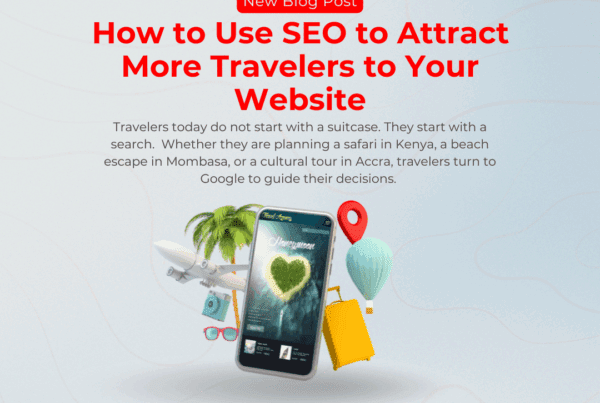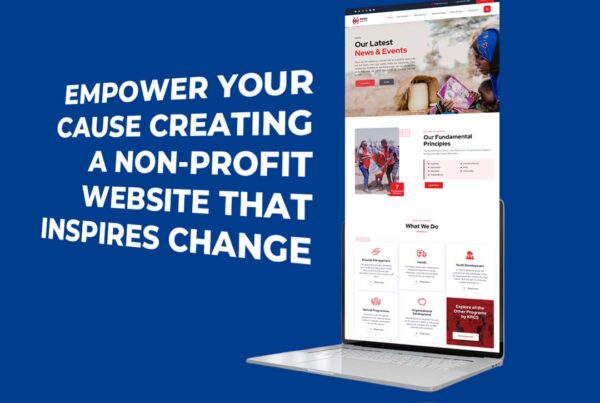Everyone talks about good website design, but do you understand what it means? How can you tell if your website design, for example, is effective? What do you look for if you do not even know what to look for?
It’s hard to evaluate quality without specified criteria for measuring it. So, with that in mind, here are some key components of good website design, as well as some questions to ask yourself to evaluate your own:
1. Strategy

Good website design is backed by strategy. Even the most stunning, user-friendly website won’t be successful if it doesn’t meet your brand’s needs.
So, when new visitors arrive at your site, do they get a clear sense of who you are and what you offer? Is your website’s design directing users to do what you want? Is your design guided by a clear strategy? If this isn’t the case, your website isn’t quite as good as it should be.
Use this checklist of questions to assess the efficacy of strategy in your website design:
- Is my business in the right category, and is it clear on my website?
- What is the goal of this website, and is it being met by the design?
- What is my target audience, and how has the design taken them into account?
- Is the design encouraging the action that I want my audience to take?
Charleson Group Tip: Define your brand and establish precise website objectives, then match your design to them. It is far more likely for your website to succeed if it is guided by a clear strategy.
2. Usability
Usability is concerned with the practical aspects of effective website design, such as speed, user-friendliness, security, technical elements such as sitemaps, and so on. Many of these details aren’t visible; for example, you don’t see a website’s security when you type in its URL.
Nonetheless, usability is a make-or-break issue for functional websites. When a visitor is unable to locate what he or she is seeking due to poor navigation, he or she will typically leave. Both search engines and visitors will notice if pages take too long to load. So, to determine how usable your site is, consider the following:
- How long does it take for my pages to load, and will visitors become bored while they wait? (Google Page Speed Insights is one tool for testing page speed.)
- How simple is it to locate information?
- Is there a search button available for visitors?
- Are all of the links functional?
- Is the site compatible with different browsers? (Internet Explorer, Safari, Firefox, Chrome, and other browsers)
- Is my website mobile-friendly?
- Is client information secure if I ask for personal information or use a commerce option?
- Have I made this clear to my readers?
Charleson Group Tip: Think about all the ways you can make your site as user-friendly as possible. Consider yourself a visitor looking for information. Furthermore, go above and beyond in terms of security and always secure your clients’ sensitive information.
3. Aesthetic
Although beauty is subjective, there are obvious aesthetic guidelines to guide your website design. The best designs will be consistent with their brands, leave a great impression on visitors, be clean, and compliment the material they communicate.
Consider the following to evaluate the efficiency of your website’s aesthetic:
- Is my website’s style consistent with my brand in terms of colours, feel, graphics, and so on?
- Is the website’s style constant throughout?
- Will the style appeal to my intended audience? (For example, cartoons on a toy brand’s website, or an attractive layout on a law website.)
- What impression does the website convey—orderly or sloppy? Is it sparse or crowded? Is it more fun or more formal? —and how does that relate to my objectives?
- Where are photographs or ornamental elements interfering with my message?
Charleson Group Tip: Remove any style choices that conflict with your brand’s message. Check that your logo and the website design are in sync. Consider your target audience and allow them to influence your style.
4. Content

The two most important aspects of content are readability and usefulness. Readability is vital because if your visitors can’t make out your material, whether it’s too small, in a pale colour, or in an incomprehensible font, your message will be lost.
However, usefulness is equally crucial, because if your material does not matter to your reader, you will lose him or her nonetheless. Here are some things to ask yourself when evaluating the quality of your website content:
- Possible to read the typefaces I’ve chosen?
- Is there sufficient contrast between the background and font colours?
- Is the text large enough?
- Will the reader find this information useful?
- Is the content relevant?
- Is it easy to find content because of the design?
Charleson Group Tip: Examine all of the text on your website—does it properly communicate your message? First and foremost, will visitors be able to read the text? Second, will what they read be meaningful to them? Choose a design that will make all of your content valuable and readable.
5. Search Engine Optimization

As Search Engine Journal reminds out, “Search engine optimization and social networking all begin with great website design.” Is there a lot of visuals on your website, for example? If this is the case, search engines will not be able to find them.
For search engines to understand what you’re showing, you must include ALT tags in your picture descriptions. Is your HTML code effective? Otherwise, it may harm your search ranks. To ensure optimum website design, ask yourself the following questions:
- Do I have ALT tags on all of my images?
- Is my coding efficient, or may there be redundant lines removed?
- Have I included relevant keywords in title tags, meta descriptions, heading tags, and so on?
- Is there a sitemap on my website?
Charleson Group Tip: Don’t make the mistake of separating search engine optimization and website design. Consider how your design will affect its search rankings and make changes as needed.
So, how is your website design doing in light of the above-mentioned characteristics? What changes could be made? What steps will you take to improve the effectiveness of your design?
If you are looking around for a web developer in Nairobi to have your website design evaluated, get in touch with Charleson. As always, you know who to call for any digital marketing services in Nairobi. Be it Web Development, SEO, Social Media Management, eCommerce Development, etc. we’ve got your back.




